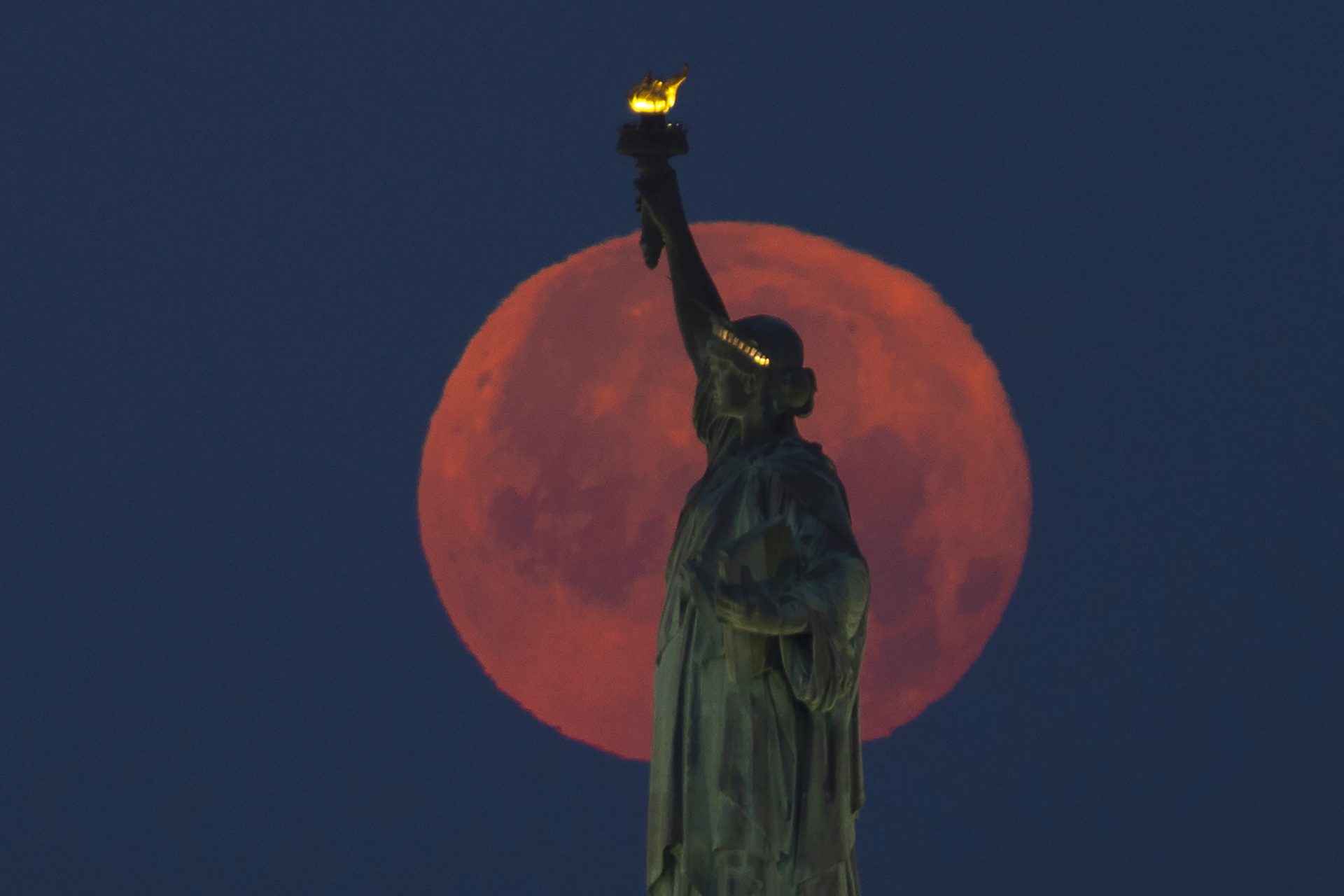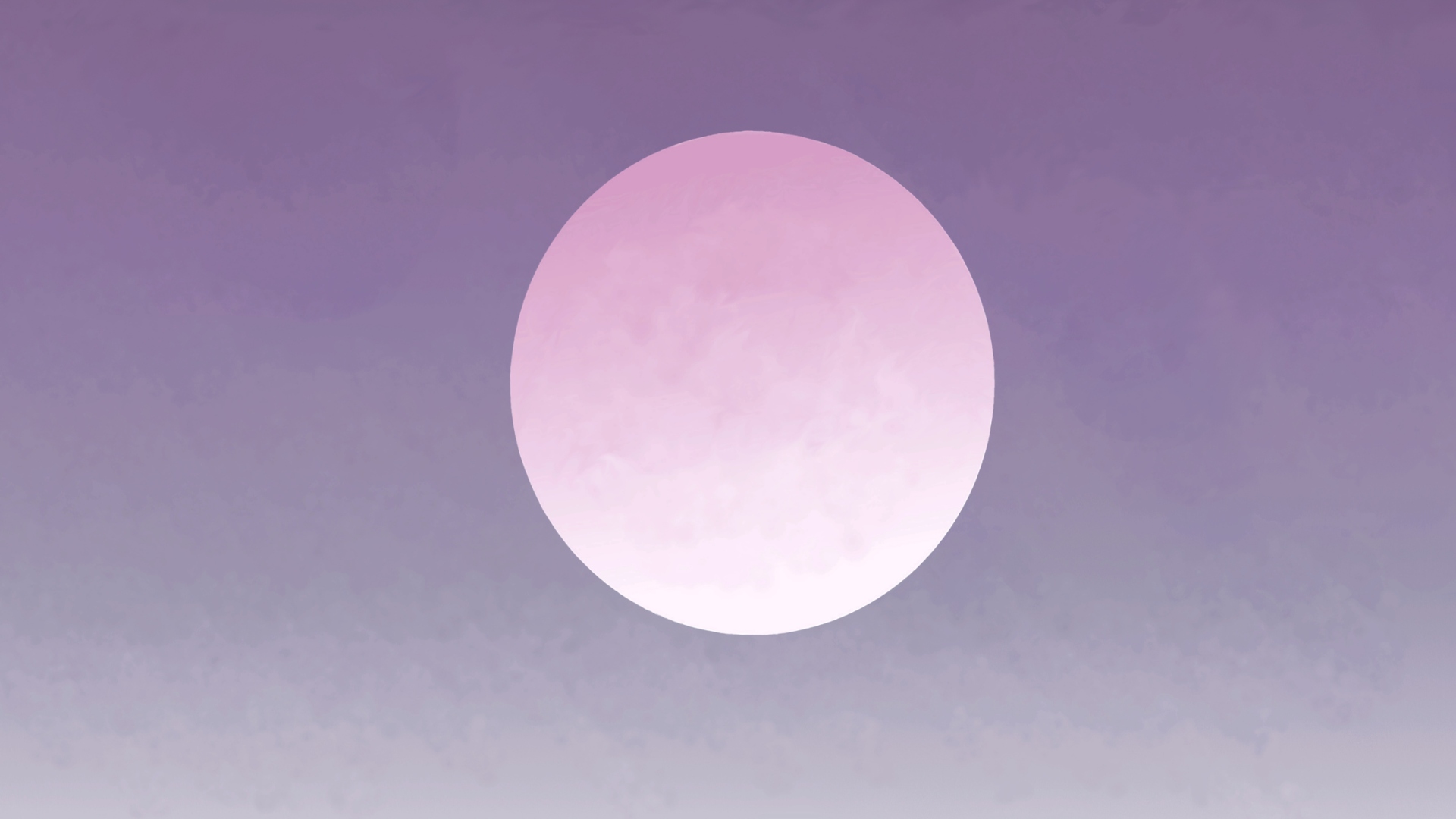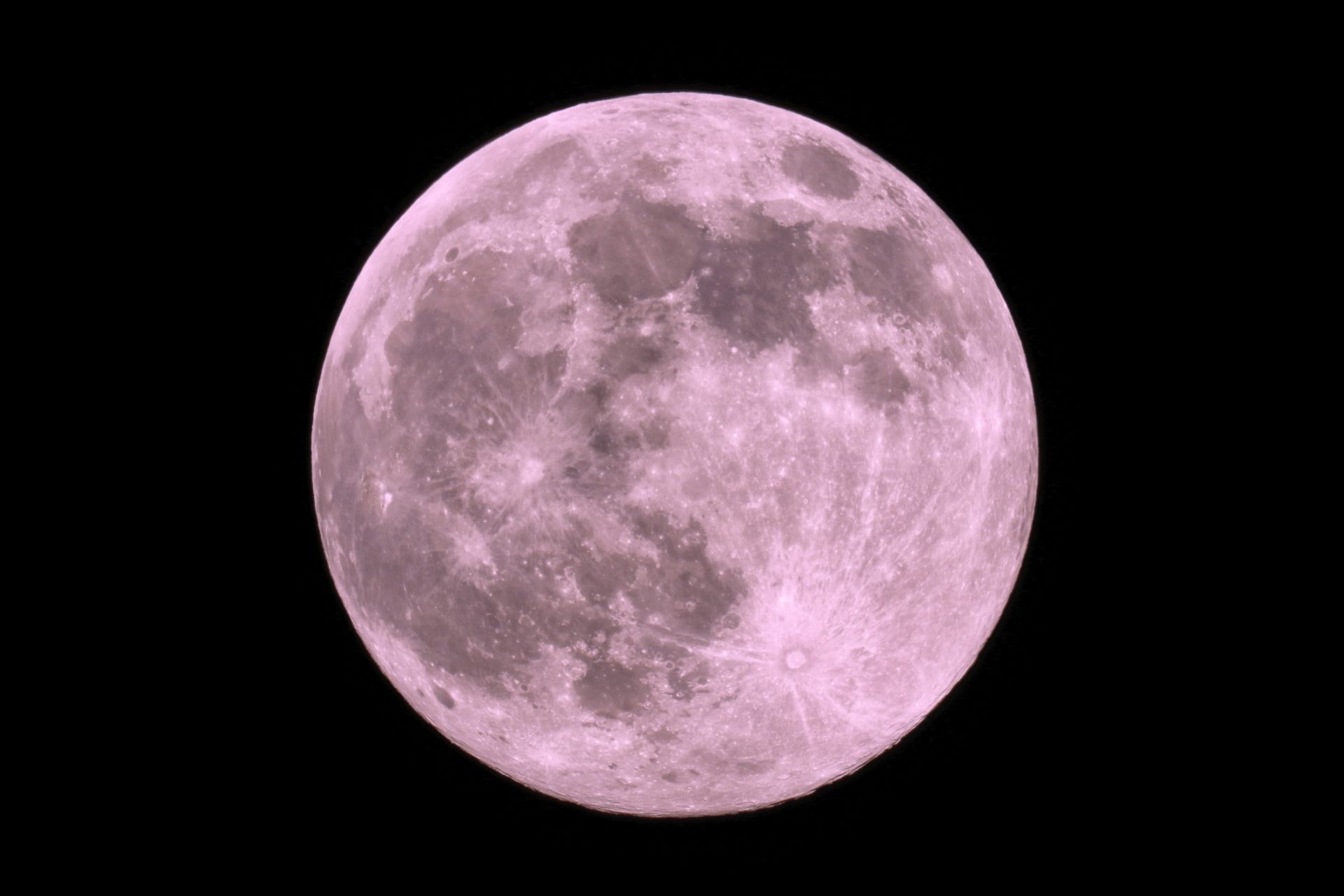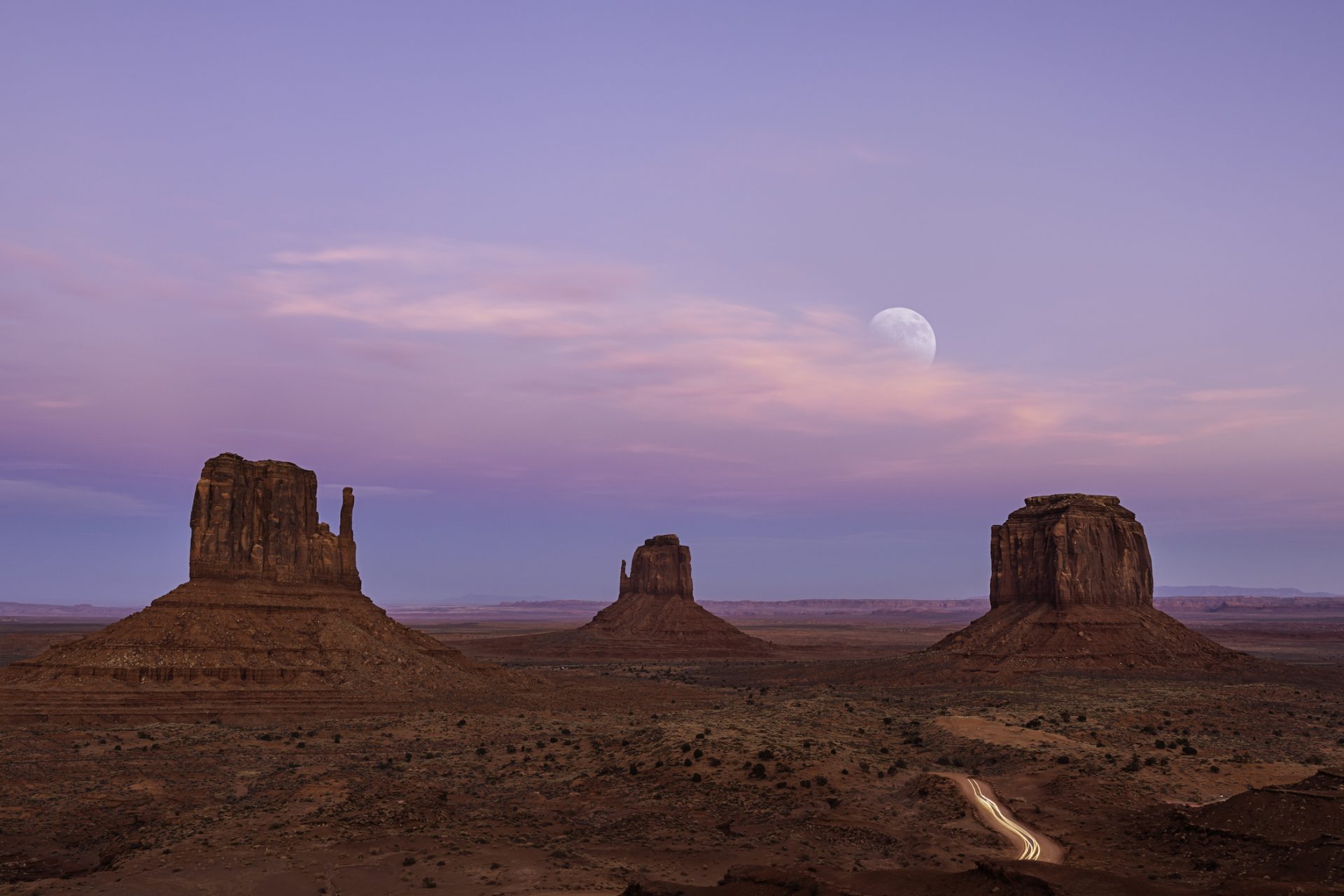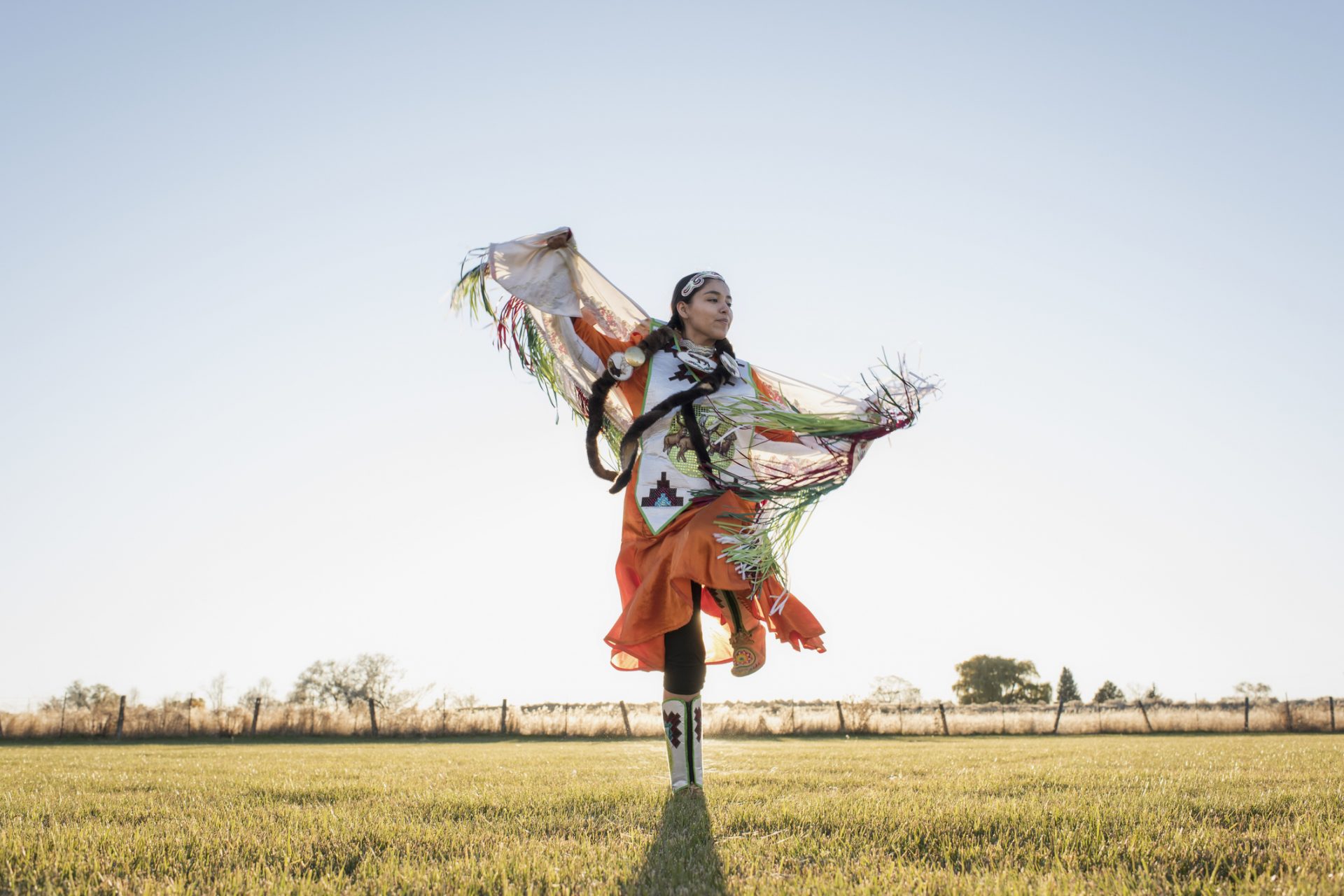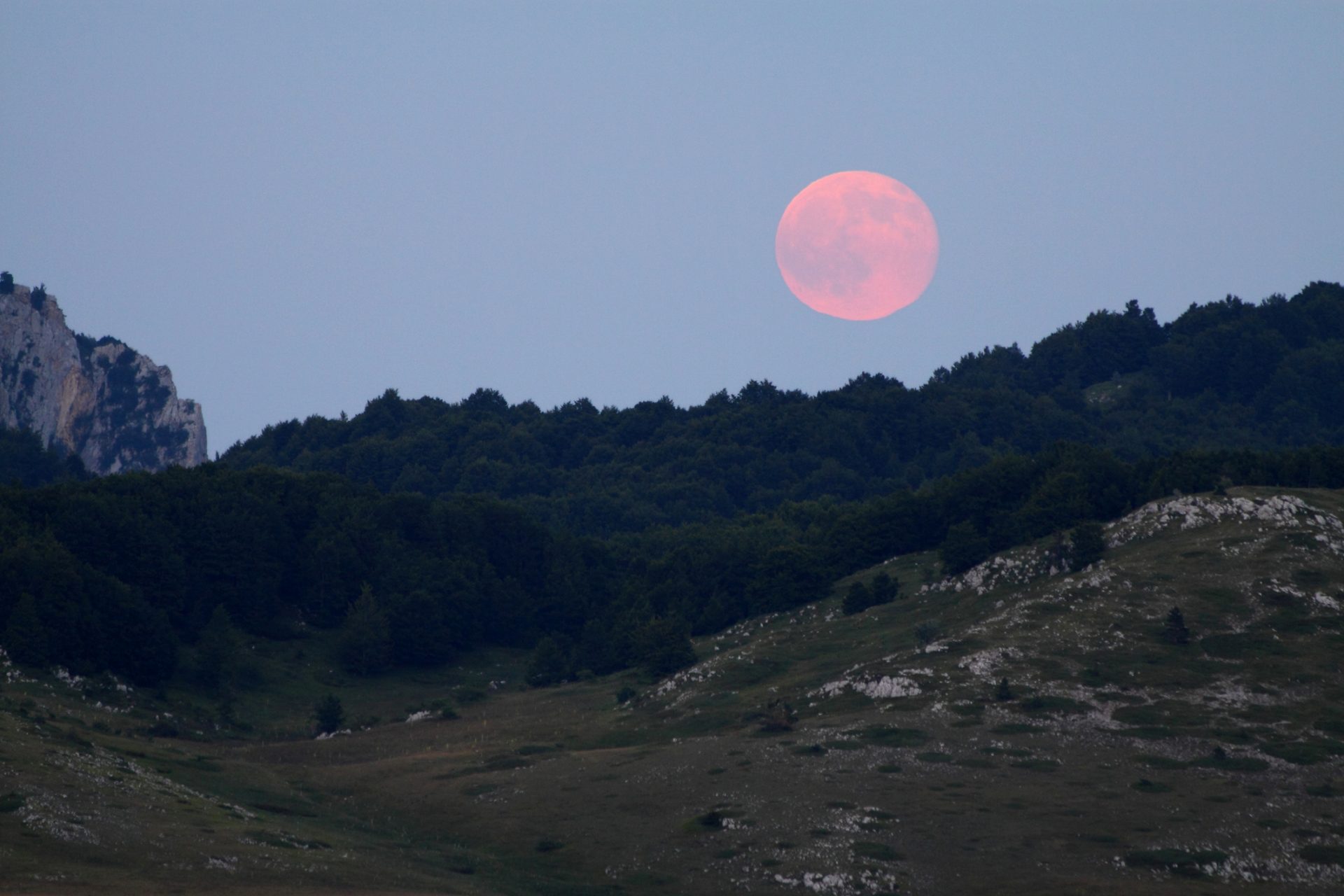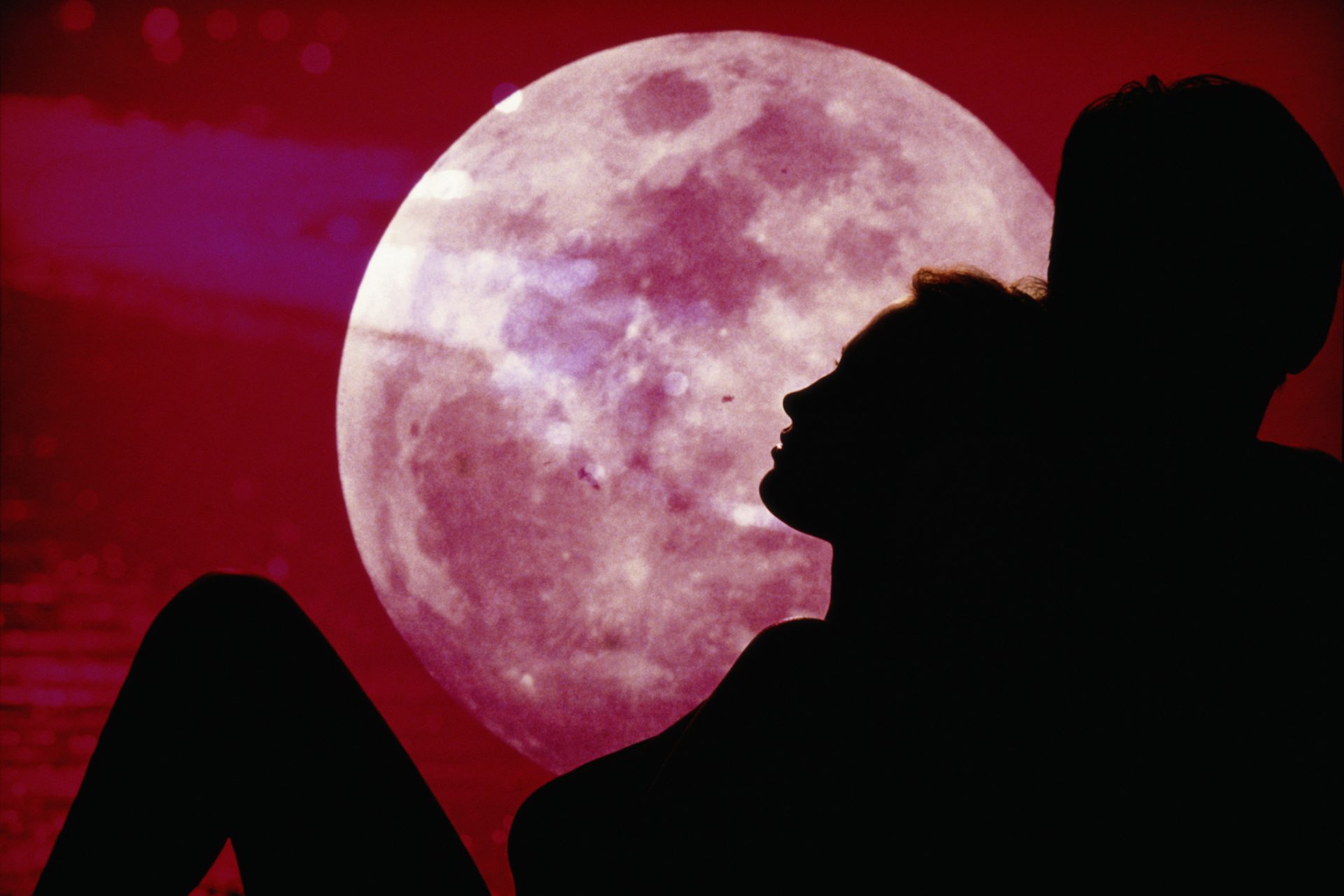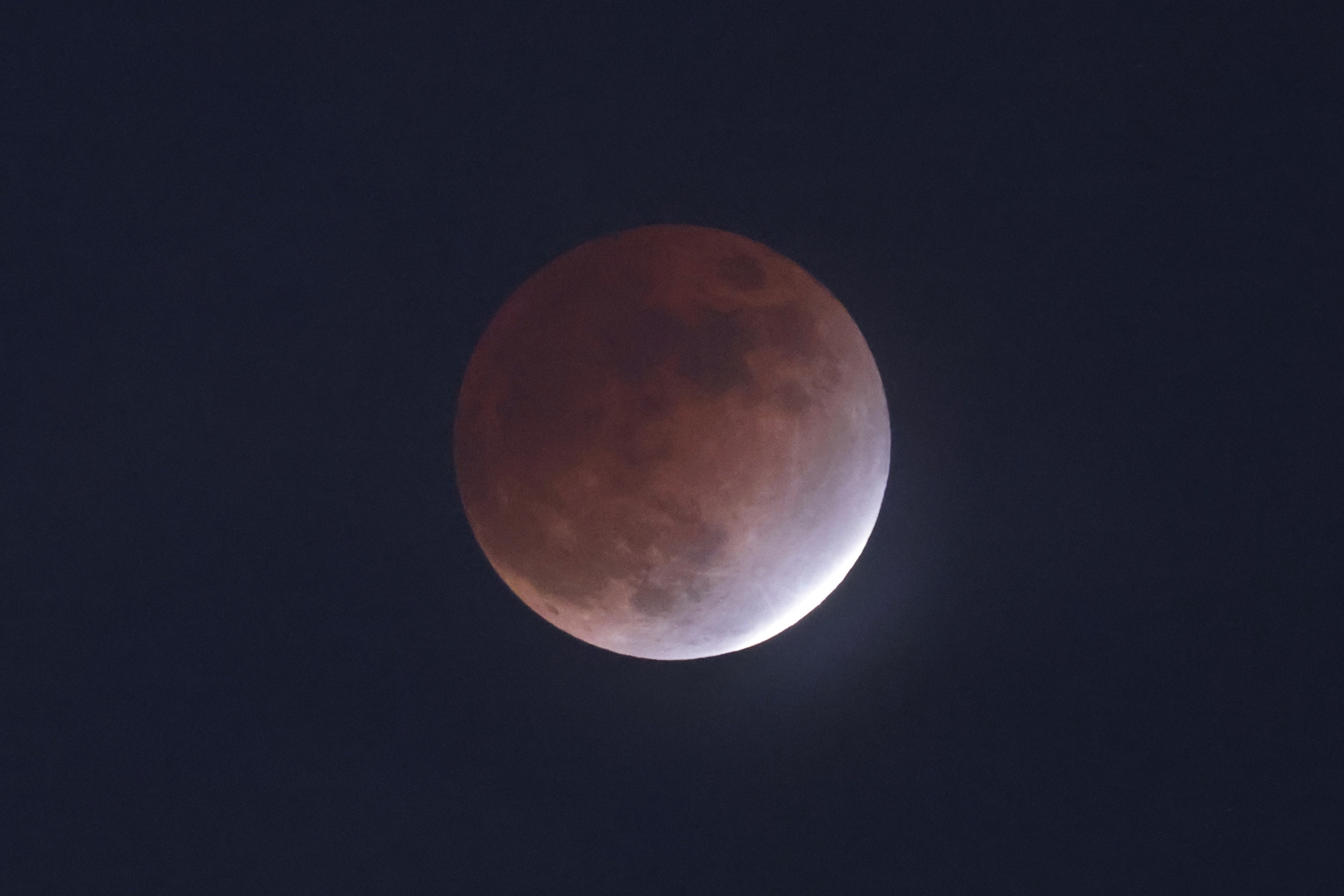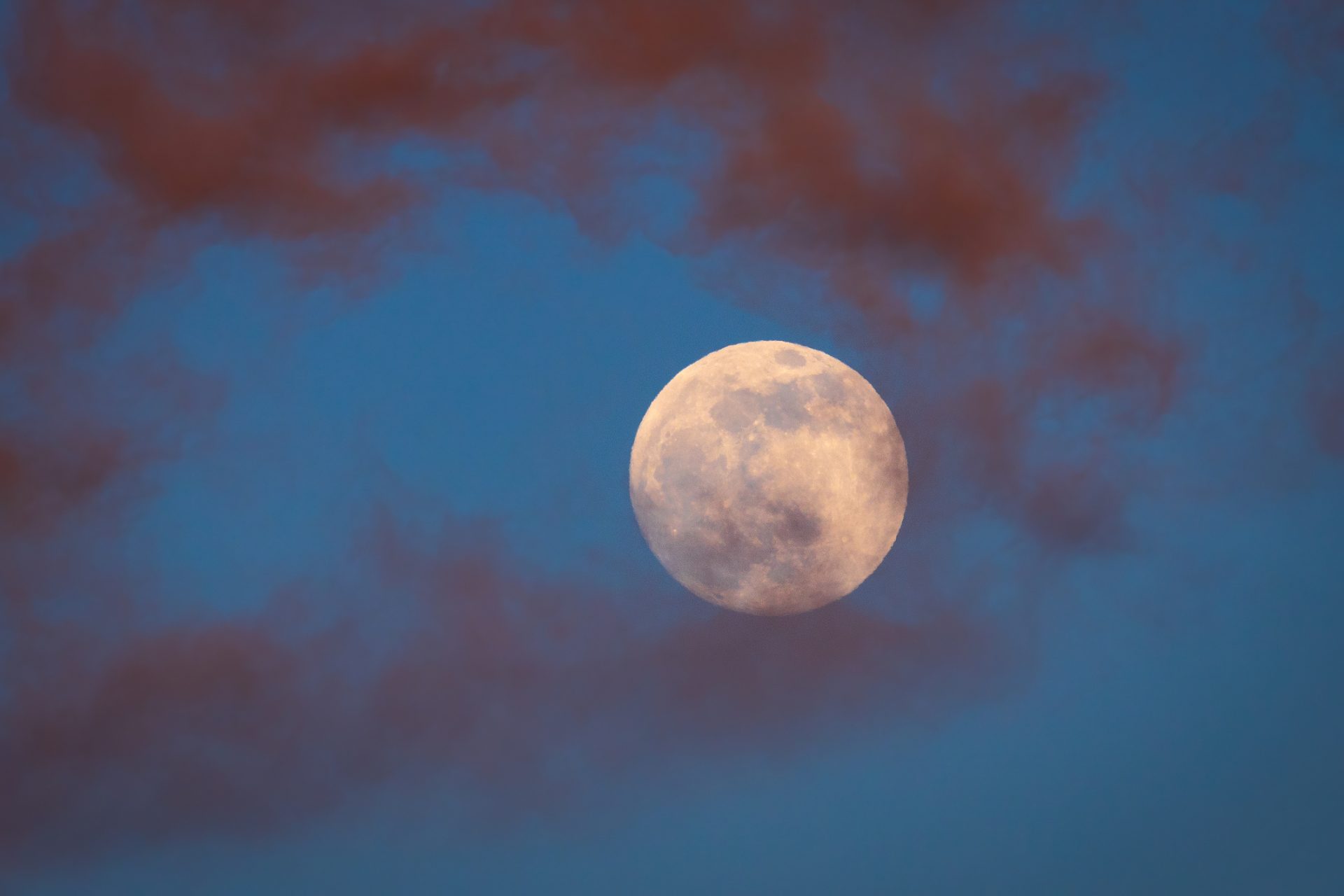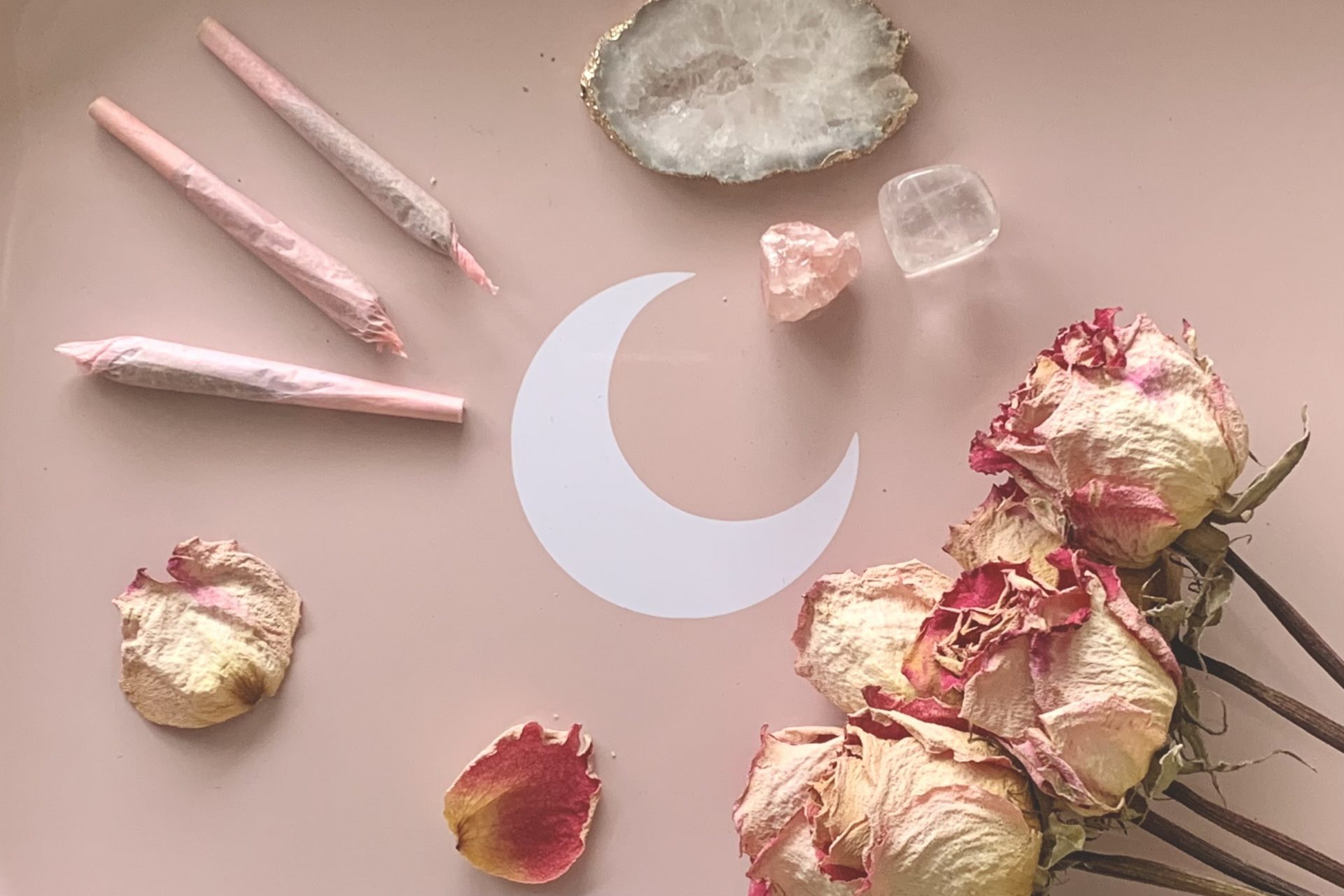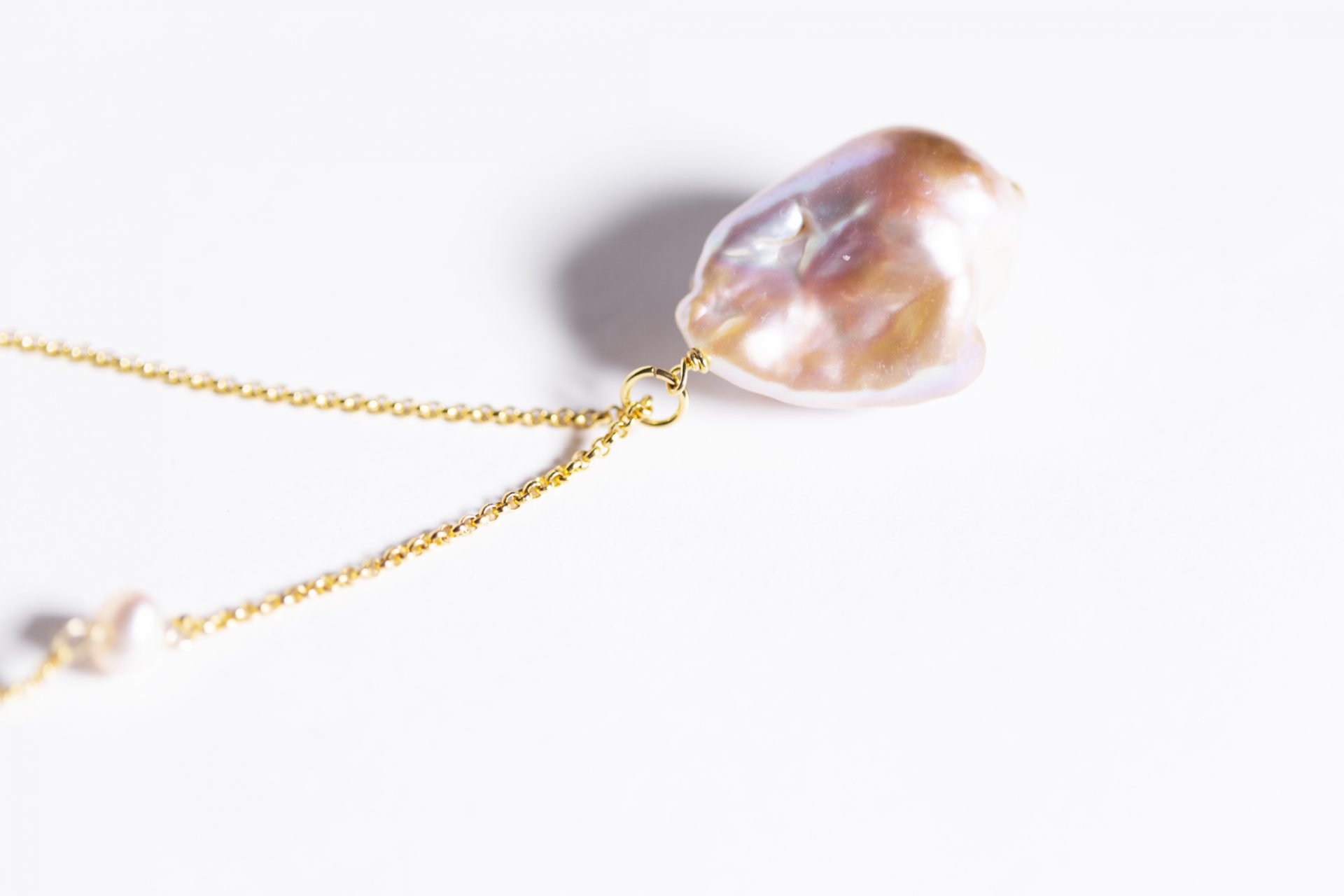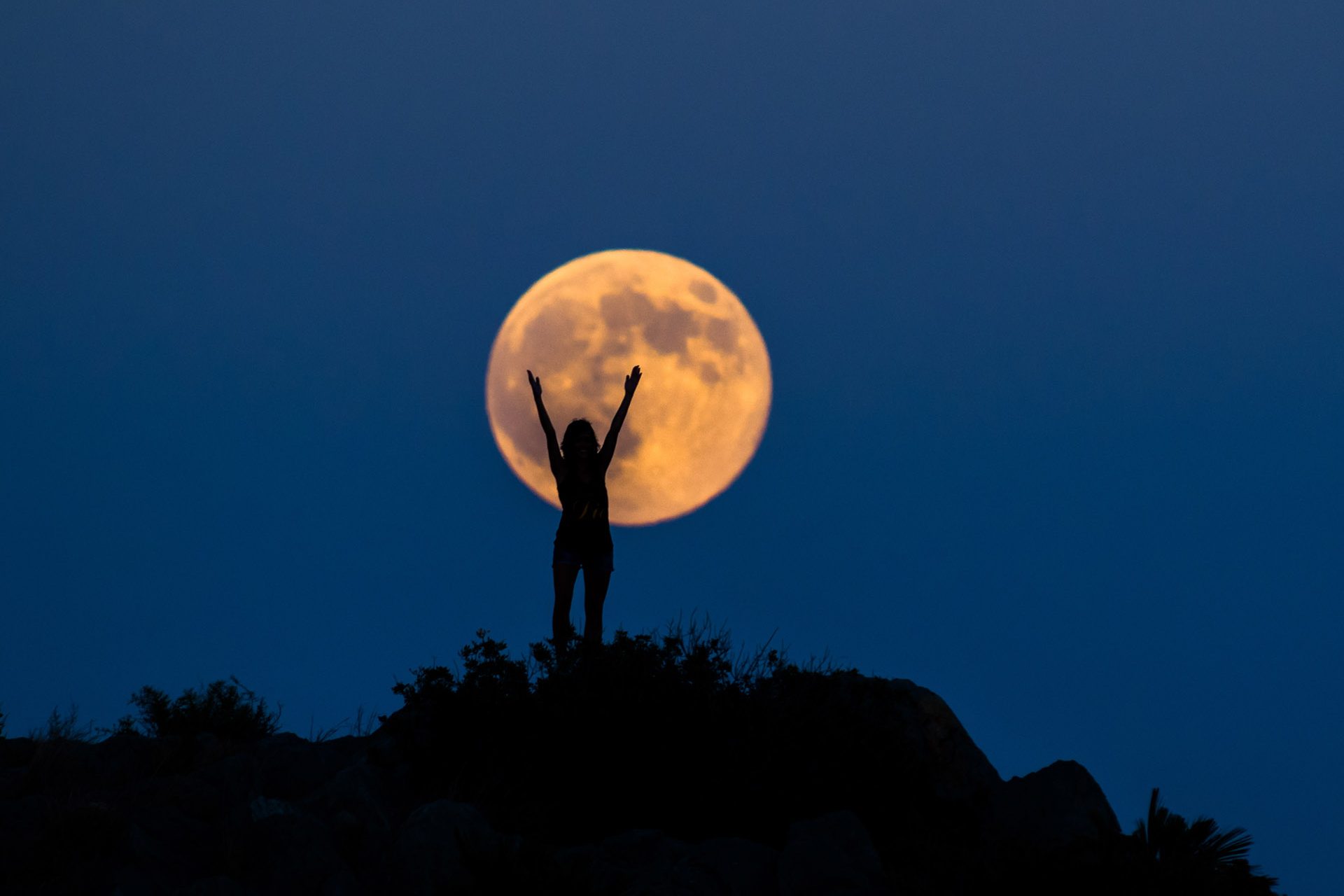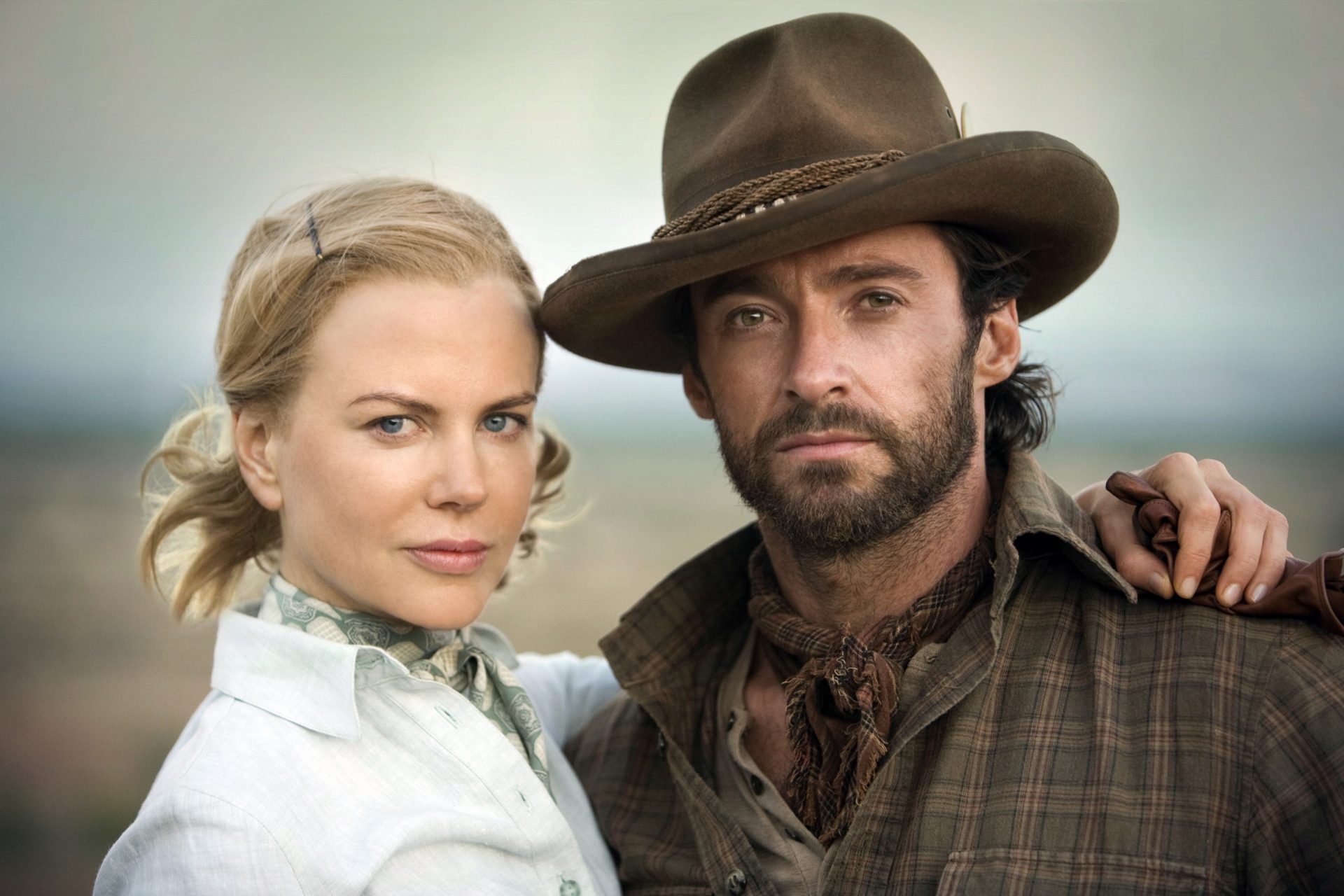The Strawberry Moon is happening tonight. Here's what you need to know.
Almost coinciding with the summer solstice (June 20) this year, the strawberry moon can be seen on June 21. But what is this fruity occurrence in the sky, and how can you best enjoy the experience? Read on to find out!
The Strawberry Moon is the name for the full moon and June. It's the sixth of the thirteen full moons of the year.
It will be visible starting June 21 for three consecutive nights all over the planet.
The Strawberry Moon has different names in various regions worldwide, reflecting each place's cultural and natural uniqueness.
The name "Strawberry Moon" is derived from the Algonquin culture of North America, where the tribes associated this lunar phase with the start of strawberry harvesting.
They preferred an annual calendar of 12 or 13 moons, occasionally adding an extra moon. Each tribe named the full moons based on significant events or activities.
Following the same logic as the American indigenous tribes, some European tribes called it the Mead Moon or Honey Moon because honey was ready to be harvested by the end of June, making this moon the "sweetest."
The custom of calling our moon the honeymoon dates back at least 1,500 years in Europe. It’s related to the tradition of getting married in June or the idea that this is the sweetest moon of the year.
It’s believed to be called this because roses bloom at the end of June and because of the pinkish hue the moon takes due to its low position in the sky during the summer solstice in the northern hemisphere.
The pink color of the moon is also due to its orbit being nearly in the same plane as the Earth’s orbit around the Sun. As the summer solstice approaches, the moon shines through more atmosphere, increasing the likelihood of it taking on a reddish tone.
Summer is associated with prosperity and abundance in almost all ancient cultures around the world because it is harvest time.
Wear pink to capture the moon’s energy, if possible, for all three days.
During the appearance of the Rose Moon, it's the ideal time to charge a rose quartz crystal.
Visit your nearest crystal shop and choose a rose quartz. You should feel a "special energy" when you touch the right stone.
Take your quartz and wash it with water and sea salt. Place it on your forehead and "program" it with your intention.
Place the stone in a clear glass with a few extra grains of sea salt in the moonlight. Leave it there all night, and then carry it with you wherever you go. Make sure no one else touches it!
The Strawberry Moon isn't the only exciting full moon of the year. Having hit a halfway point of 2024, you can still lookforward to the Buck Moon on July 21; the Sturgeon Moon on Aug. 19; the Harvest Moon on Sept. 17; the Hunter's Moon on Oct. 17; the Beaver Moon on Nov. 15; and the Cold Moon on Dec. 15, according to Earth Sky.

